
The Book of Revelation
A Book of Hope, Not Hype.
Explore each chapter with historical insight, theological depth, and a steady tone—free from speculation or fear.

Why Revelation Still Matters
The Book of Revelation is often treated like a puzzle, a map, or even a threat. But that was never its purpose. Revelation was written to a suffering church — real communities under real pressure — to remind them that their story was not ending in defeat. It was heading toward victory.
Revelation still matters because it reminds us who is really in charge. In a world filled with chaos, fear, and empire, Revelation gives us a vision of hope and endurance. Not everything in this life is as it seems. The Lamb reigns. Evil does not get the final word. Faithfulness matters even when it costs.
This is not a book of hype. It’s a book of perspective — a call to trust that God is not finished, even when it feels like everything is falling apart.
Scroll down to explore each chapter, theme, and symbol in depth.
Revelation: Meaning, Symbolism, and
Hope in Scripture
Please note that some posts will publish at a future date.
SEARCH the Revelation Post Archives
Section 1: Authorship, Setting, and Historical Background
Section 2: The Seven Churches of Revelation
Individual Church Studies
Section 3: Key Themes and Messages in Revelation
Section 4: Worship and Hymns in Revelation
Section 5: Symbols, Imagery, Numbers, and Characters
Section 6: Apocalyptic Context and Interpretation
Section 7: Eschatology - The End and New Beginning
Section 8: The Tree of Life
Section 9: The Four Horsemen
Revelation Chapter Outlines and
Verse by Verse Commentary
Walk through every chapter of Revelation with clear outlines and verse-by-verse commentary that focus on meaning, not fear—rooted in history, centered on Christ, and filled with hope.
Revelation 2
Revelation 2:1–7 Commentary and Meaning – Message to the Church in Ephesus
Revelation 2:8–11 Commentary and Meaning – Message to the Church in Smyrna
Revelation 2:12–17 Commentary and Meaning – Message to the Church in Pergamum
Revelation 2:18–29 Commentary and Meaning – Message to the Church in Thyatira
Authorship, Setting, and Historical Background
Explore Revelation 1:1–3 with verse-by-verse commentary. Learn how John frames the book as a revelation of Jesus Christ, a call to faithful witness, and a promise of blessing.
Discover who Emperor Domitian was, his reign’s impact on early Christians, and why understanding his rule is key to interpreting the Book of Revelation.
Learn how trade guilds and economic life shaped the world of the seven churches in Revelation—and why following Christ sometimes meant financial loss in the first century.
Explore the practice of emperor worship in the Roman Empire, how it shaped the world of Revelation, and why refusing it was a costly act of faith for early Christians.
Explore how discrimination, mob violence, and sporadic Roman policies shaped Christian persecution from Nero to Decius—and what John’s exile on Patmos has to do with it.
Step into the first-century world of Revelation. Discover how Roman politics, culture, and religion shaped the lives of early Christians and the message of John’s visions.
Discover the island of Patmos, where John received the visions of Revelation while in exile. Learn its history, biblical significance, and role in writing the last book of the Bible.
Learn where the Book of Revelation was written—the island of Patmos in the Aegean Sea—and discover why John was exiled there and how it shaped his visions.
Discover when the Book of Revelation was written, compare the late Domitian date with the early Nero date, and learn why the timing shapes interpretation.
Discover who wrote the Book of Revelation, explore the debate over John the Apostle versus John of Patmos, and learn why the author’s identity matters for understanding this powerful message of hope.
The Seven Churches of Revelation
Revelation 3:14–22 commentary and meaning. The Laodicean church is rebuked as lukewarm but offered fellowship and a place on Christ’s throne.
Read Revelation 3:7–13 explained with verse-by-verse commentary. Christ commends the church in Philadelphia for its endurance, promising open doors, protection, and permanence in God’s temple.
Read Revelation 3:1–6 explained with verse-by-verse commentary. Christ warns Sardis to wake up from spiritual death, promising white garments and secure names to those who conquer.
Read Revelation 2:18–29 explained with verse-by-verse commentary. Christ commends Thyatira’s love and service but warns against compromise, promising authority and the morning star to the faithful.
Read Revelation 2:12–17 explained with verse-by-verse commentary. Discover Christ’s message to Pergamum — faithfulness under pressure, the danger of compromise, and the promise of hidden manna and a new name.
Read Revelation 2:8–11 explained with verse-by-verse commentary. Christ encourages the church in Smyrna to endure persecution with faith, promising the crown of life.
Read Revelation 2:1–7 explained with verse-by-verse commentary. Discover Christ’s message to the Ephesian church — their endurance, their lost love, and the promise of the tree of life.
Explore Revelation 1:9–20 with verse-by-verse commentary. John’s vision of the risen Christ on Patmos shows his glory, authority, and presence among the seven churches.
Explore Revelation 1:4–8 with verse-by-verse commentary. Discover John’s greeting to the seven churches, Jesus as faithful witness, and God’s eternal reign.
The church of Laodicea in Revelation was wealthy but spiritually lukewarm. Discover Christ’s rebuke, his invitation to repentance, and the promise of reigning with him.
The Church of Philadelphia in Revelation 3:7–13 is praised for faithfulness despite weakness. Discover its history, promises, and meaning for Christians today.
Discover the message to the Church of Sardis in Revelation 3:1–6. Learn about its history, spiritual complacency, and Christ’s call to wake up.
The church of Thyatira in Revelation 2:18–29 was praised for love and faith but rebuked for tolerating “Jezebel.” Learn about its trade guild pressures, Christ’s fiery judgment, and the promise of the morning star.
The church of Pergamum in Revelation 2:12–17 lived “where Satan’s throne is.” Learn its history, the martyrdom of Antipas, the danger of compromise, and Christ’s promise of hidden manna and a white stone.
The church of Smyrna in Revelation 2:8–11 was faithful under persecution. Explore its history, Polycarp’s martyrdom, and Christ’s promise of the crown of life for those who endure.
Learn about the church of Ephesus in Revelation 2:1–7. Discover its strengths, its loss of “first love,” how it connects with Paul’s letter to the Ephesians, and what it means for us today.
What happened to the seven churches of Revelation—Ephesus, Smyrna, Pergamum, Thyatira, Sardis, Philadelphia, and Laodicea? Discover their history, decline, and lessons for today’s church.
Discover the meaning of the seven lampstands—or candlesticks—in Revelation. Learn how they symbolize the seven churches, Christ’s presence among them, and the church’s calling to shine His light today.
Explore the lessons from the seven churches of Revelation. Discover their warnings against compromise, Christ’s promises to overcomers, and what these ancient letters mean for believers today.
Discover what the seven churches of Revelation represent—historical congregations, spiritual conditions across time, and the fullness of Christ’s church.
Explore the seven churches of Revelation on a map of ancient Asia Minor. Discover their locations, travel route, and lessons for Christians today.
Explore the seven churches in Revelation—where they were, what they represented, and what their message means for believers today.
Key Themes in Revelation and FAQ
Explore the key patterns and cycles in Revelation—seals, trumpets, and bowls. Learn how these recurring visions reveal God’s judgment, warning, and ultimate victory in Christ.
What are the worship scenes in Revelation? Explore how heavenly worship anchors the book, echoes the Psalms, resists empire, and shapes Christian hope today.
See how Revelation draws on Daniel, Ezekiel, and Isaiah. Discover the Old Testament imagery of beasts, temples, and new creation fulfilled in Christ.
What is the millennium in Revelation 20? Explore the thousand-year reign of Christ, the main Christian views (pre, post, amillennial), and what it means for believers today.
Explore the theme of overcoming in Revelation—how the early churches stood firm, the promises Christ gives to overcomers, and what it means to conquer through the Lamb’s victory today.
Worship & Hymns in Revelation
What are the worship scenes in Revelation? Explore how heavenly worship anchors the book, echoes the Psalms, resists empire, and shapes Christian hope today.
What are the hymns in Revelation? Discover how these songs echo the Psalms, proclaim the Lamb’s victory, and shape Christian worship and resistance today.
Symbols & Imagery in Revelation
Revelation 12:1–17 commentary and meaning explained. The woman, the child, and the dragon show how the church overcomes by the Lamb’s blood and faithful witness.
ead Revelation 8:1–5 explained with verse-by-verse commentary. Discover the silence of heaven, the prayers of the saints, and God’s response through judgment and power.
Revelation 7:1–8 commentary and meaning. The 144,000 are sealed as God’s people, showing his protection, completeness, and the Lamb’s enduring care.
Revelation 6:1–17 commentary and meaning. The Four Horsemen ride, martyrs cry out, and creation trembles—see how the Lamb directs history and calls for endurance.
Jezebel in the Bible was a queen who promoted Baal worship and opposed Elijah. Revelation 2 uses her name to describe false teaching in Thyatira. Discover her story, her symbolism, and her warning for today’s church.
Discover the meaning of the Tree of Life in Revelation 22 — a vision of paradise restored and transformed. Learn how this ancient symbol points to eternal life, healing for the nations, and the hope believers have in Christ.
Discover the Tree of Life in the Bible. From Eden to Revelation 22, learn its meaning, symbolism, and hope of eternal life through Christ.
Explore the symbolism of the sea in Revelation. From chaos and evil to its final absence, the sea reveals God’s victory and the peace of new creation.
Explore the colors in Revelation—white, red, black, pale, and gold—and their symbolic meanings of victory, violence, mourning, death, and glory.
Discover the meaning of numbers in Revelation—7, 12, 666, 1,000—and how they symbolize God’s fullness, his people, and the reign of Christ.
What does 666 mean in Revelation 13:18? Discover how the number points to Nero Caesar, symbolizes human imperfection, and warns against false allegiances.
Discover the meaning of Revelation’s major symbols — the Beast, Dragon, Woman, Babylon, New Jerusalem, and the Lamb — and how they spoke to first-century believers and still speak to us today.
Who is Babylon in Revelation? Learn how John uses Babylon as a symbol for Rome and for every worldly system opposed to God. Discover what this means for believers today.
What is the mark of the beast in Revelation? Discover its meaning in the first-century world, its Old Testament echoes, and why it’s about allegiance and worship—not microchips or barcodes.
Discover the meaning of the seven lampstands—or candlesticks—in Revelation. Learn how they symbolize the seven churches, Christ’s presence among them, and the church’s calling to shine His light today.
Reading and Interpreting Revelation
Explore the key patterns and cycles in Revelation—seals, trumpets, and bowls. Learn how these recurring visions reveal God’s judgment, warning, and ultimate victory in Christ.
Learn what apocalyptic literature is in the Bible, how to read it responsibly, and why books like Daniel, Ezekiel, and Revelation still speak hope today.
What is the rapture? Explore the biblical roots of the term from 1 Thessalonians 4:17, different Christian views, and why Revelation emphasizes hope and endurance as we await Christ’s return.
Explore the four major views of interpreting Revelation—Preterist, Historicist, Futurist, and Idealist. Learn their history, strengths, and weaknesses, and discover how each perspective shapes our understanding of the Book of Revelation.
When will Jesus return? The Bible says no one knows the day or hour, but it calls us to hope, endurance, and readiness. Explore Scripture, commentary, and Revelation’s message of Christ’s promised return.
What is preterism? Learn how this interpretation sees Revelation’s prophecies fulfilled in the first century, why some Christians embrace it, and how it compares to futurist, idealist, and historicist views.
What is postmillennialism? Learn how this view of the millennium in Revelation expects a golden age of gospel triumph before Christ’s return, its roots in Edwards and Warfield, and how it compares to premillennialism and amillennialism.
What is amillennialism? Learn how this view interprets the millennium of Revelation 20 symbolically, its roots in Augustine, modern teaching, and how it differs from premillennialism and postmillennialism.
What is premillennialism? Learn how this view interprets Revelation 20, its early church roots, modern forms, and how it compares to amillennialism, postmillennialism, and dispensationalism.
What does “dispensation” mean? Learn the biblical sense of stewardship, how theologians expanded it, and how it relates to dispensationalism and Revelation—explained, not endorsed.
What is dispensationalism? Learn how this 19th-century approach to the Bible shapes beliefs about the rapture, tribulation, and millennium — and how it compares with other views.
Apocalyptic Literature & Imagery
Apocalypse doesn’t mean the end of the world—it means “unveiling.” Learn the true biblical meaning of apokalypsis, how it differs from popular usage, and why Revelation reveals Christ’s victory, not just destruction.
Learn what apocalyptic literature is in the Bible, how to read it responsibly, and why books like Daniel, Ezekiel, and Revelation still speak hope today.
The Tree of Life
Explore the Tree of Life in art — from William Blake’s visionary images to Gustav Klimt’s golden swirls to medieval stained glass. Discover how artists across centuries reflected the biblical promise of eternal life, wisdom, and paradise restored.
Discover where the Tree of Life is mentioned in the Bible — from Genesis and Proverbs to Revelation. Learn how this symbol connects Eden, wisdom, and eternal life in Christ.
Explore the Tree of Life as a biblical symbol of faith, wisdom, and eternal life. Learn how Scripture uses this image from Proverbs to Revelation, and discover what it means for Christians today.
Discover the meaning of the Tree of Life in Revelation 22 — a vision of paradise restored and transformed. Learn how this ancient symbol points to eternal life, healing for the nations, and the hope believers have in Christ.
What does the Tree of Life mean in the Bible? Discover its meaning in Genesis, Proverbs, and Revelation, pointing to wisdom, eternal life, and Christ’s victory.
Discover the Tree of Life in the Bible. From Eden to Revelation 22, learn its meaning, symbolism, and hope of eternal life through Christ.
The Four Horsemen of the Apocalypse
Apocalypse doesn’t mean the end of the world—it means “unveiling.” Learn the true biblical meaning of apokalypsis, how it differs from popular usage, and why Revelation reveals Christ’s victory, not just destruction.
Learn what apocalyptic literature is in the Bible, how to read it responsibly, and why books like Daniel, Ezekiel, and Revelation still speak hope today.
Heaven, New Earth, & the Presence of God
Revelation 5:1–14 commentary and meaning. The Lamb takes the scroll, unlocking God’s plan, and all creation worships Christ as worthy.
Revelation 4:1–11 explained. John sees the throne in heaven, jasper and carnelian colors, elders, creatures, and unending worship of God.
What is the new heaven and new earth in Revelation 21? Discover how God renews creation, joins heaven and earth, and makes his dwelling with humanity forever.
Revelation’s throne imagery and worship scenes reveal the unshakable presence of God. See how John’s vision inspires hope, endurance, and true worship for believers today.
Discover the victory of the Lamb in Revelation—Christ slain yet reigning in power. Explore how It is finished shapes hope, endurance, and the triumph of sacrificial love.
Revelation is not a book of fear but a message of hope, endurance, and victory in Christ. Discover how it encouraged the early church and still speaks today.
Discover the central message of Revelation — a call to hope, endurance, and trust in the victory of the Lamb. Learn how this powerful vision encouraged first-century believers and still speaks to the church today.
Verse by Verse Commentary
Will begin publishing October 29, 2025




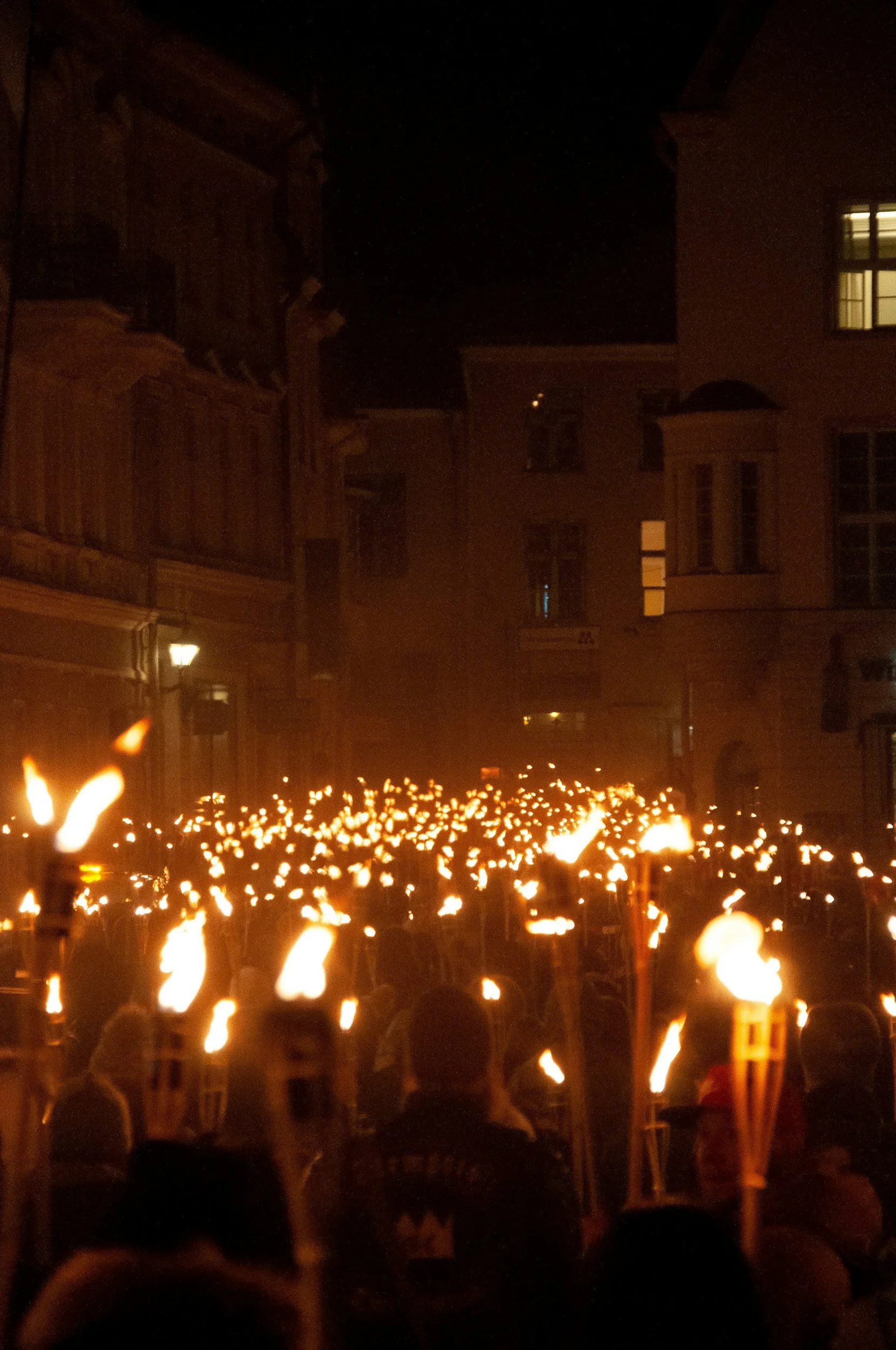



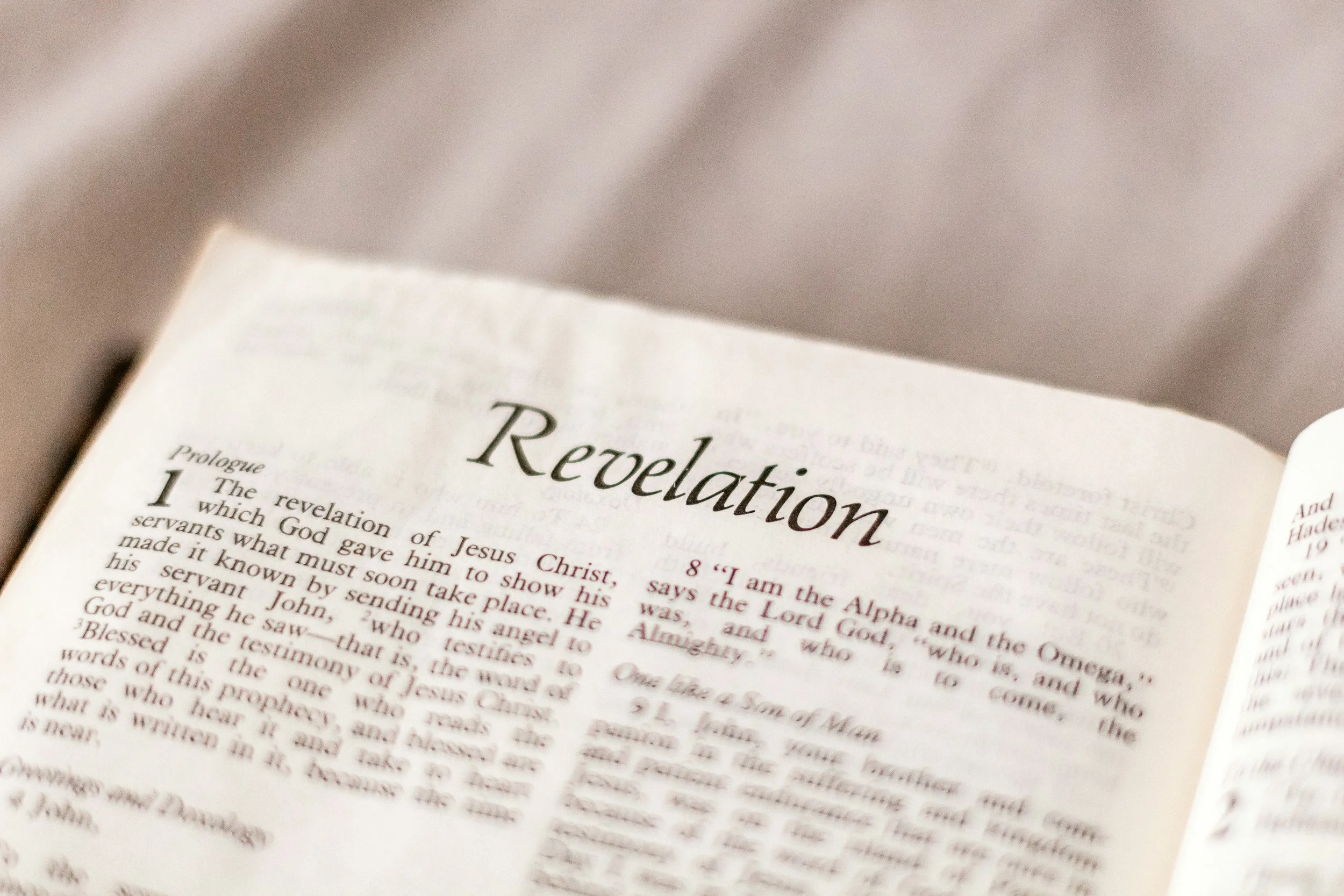









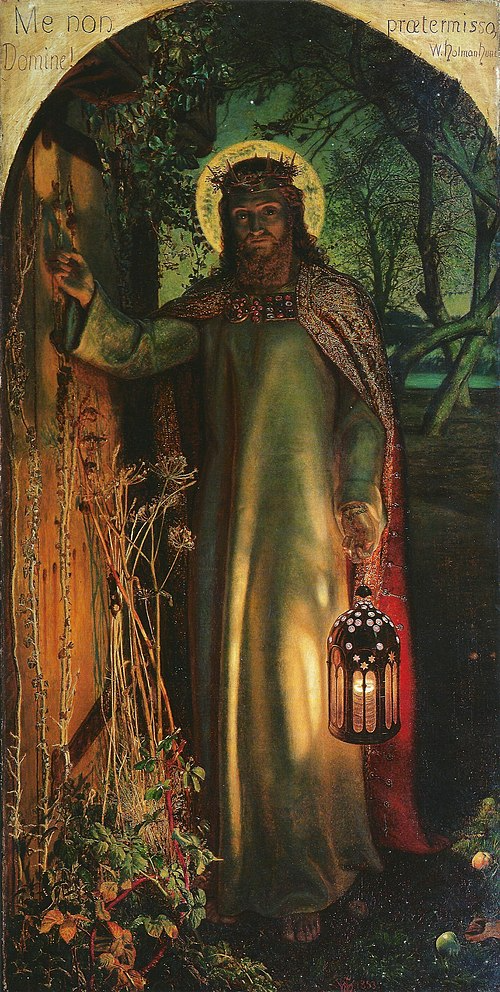

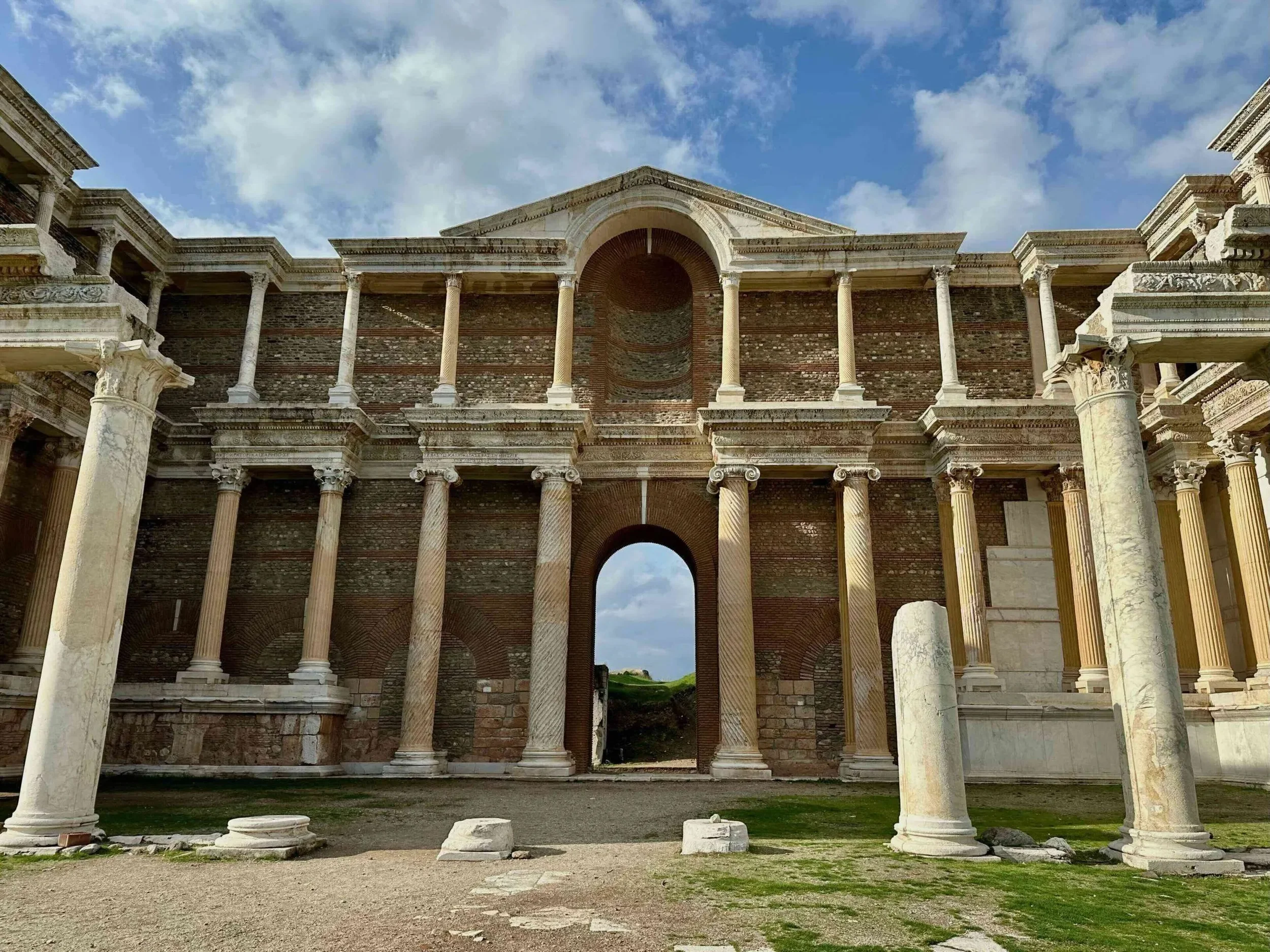

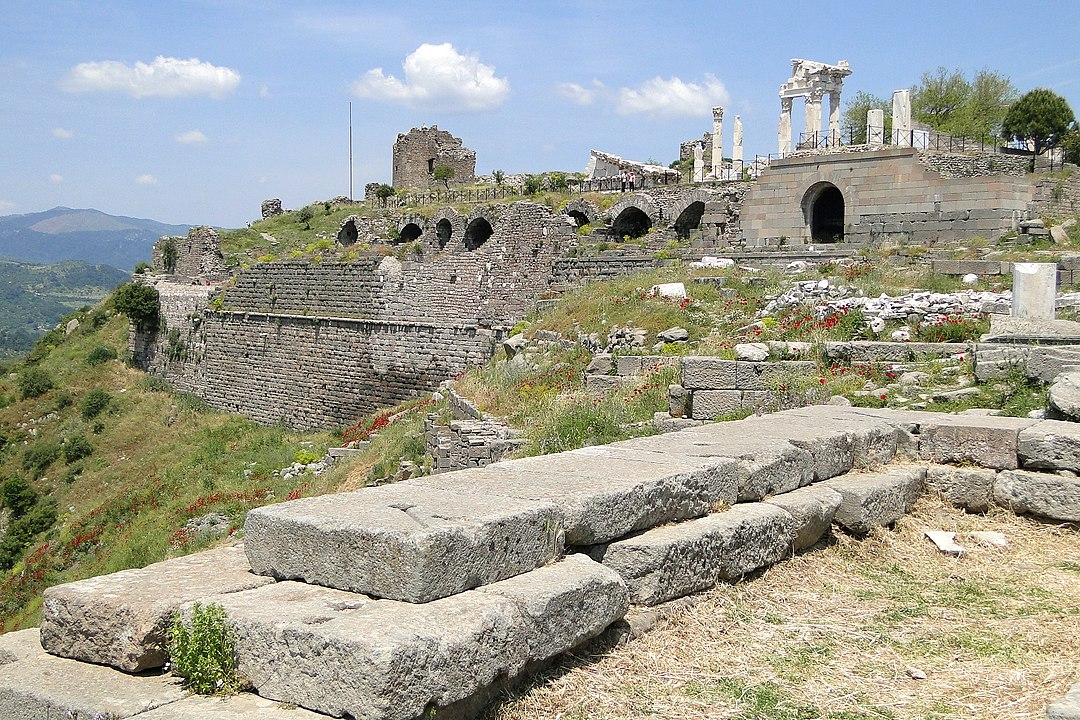

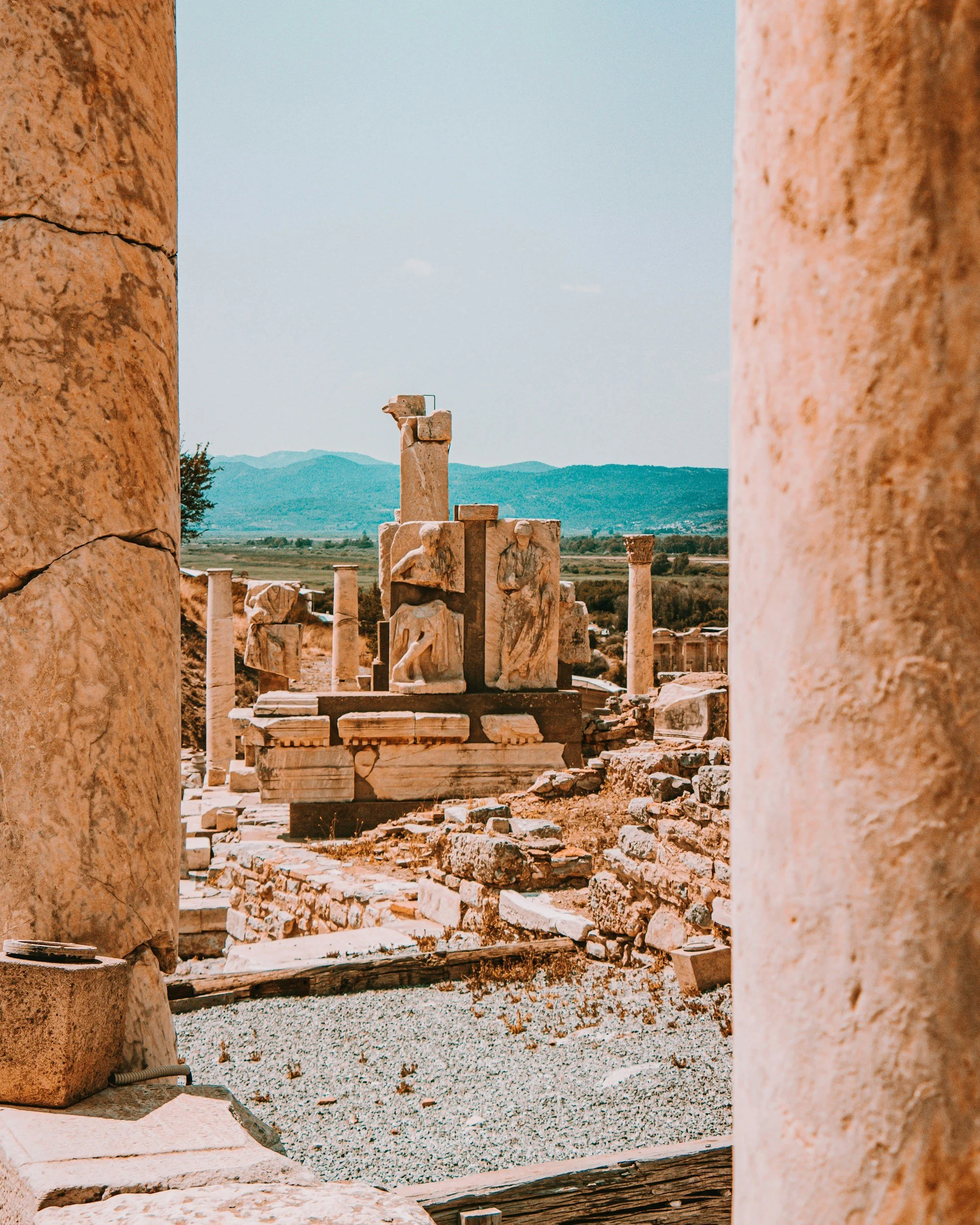
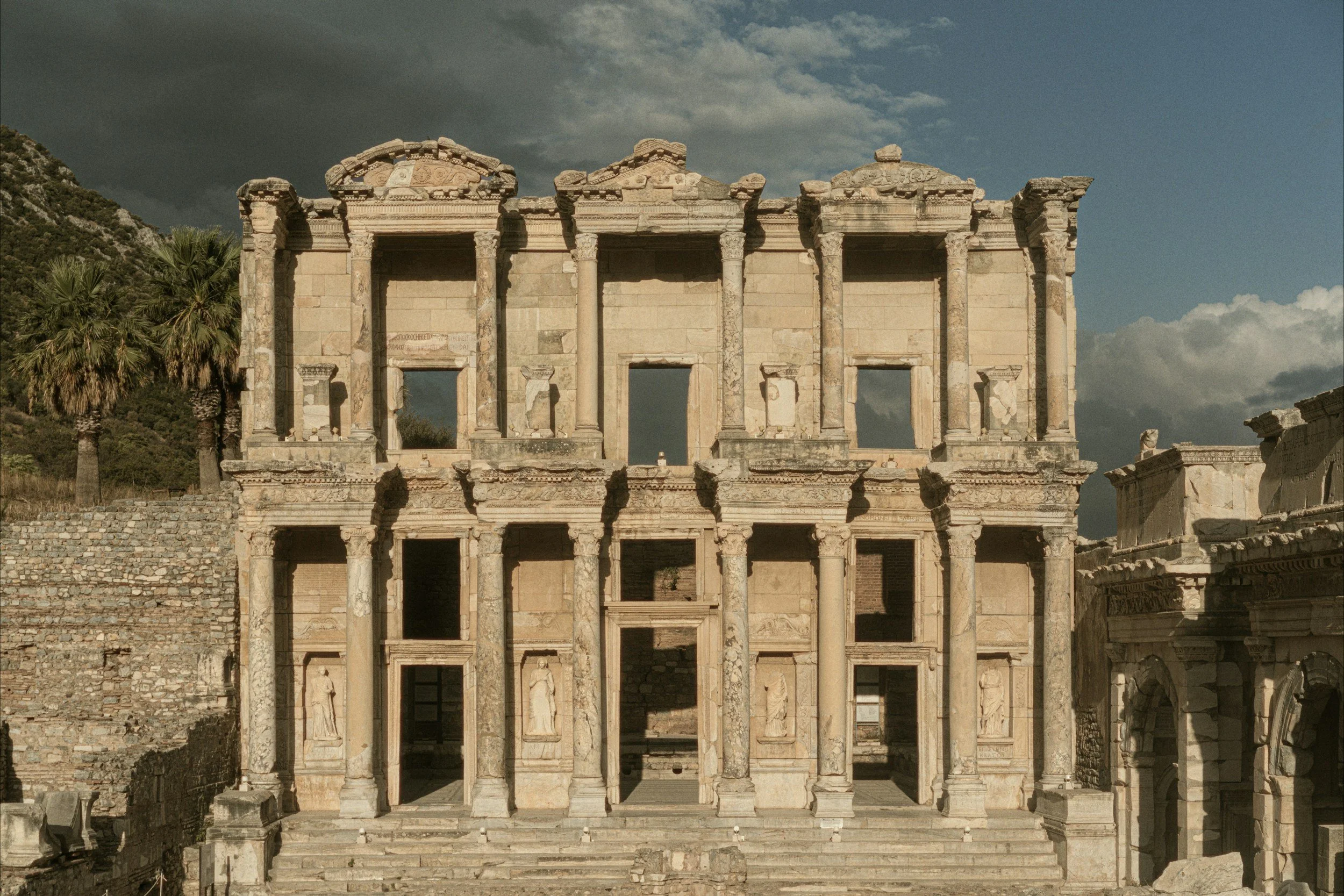





















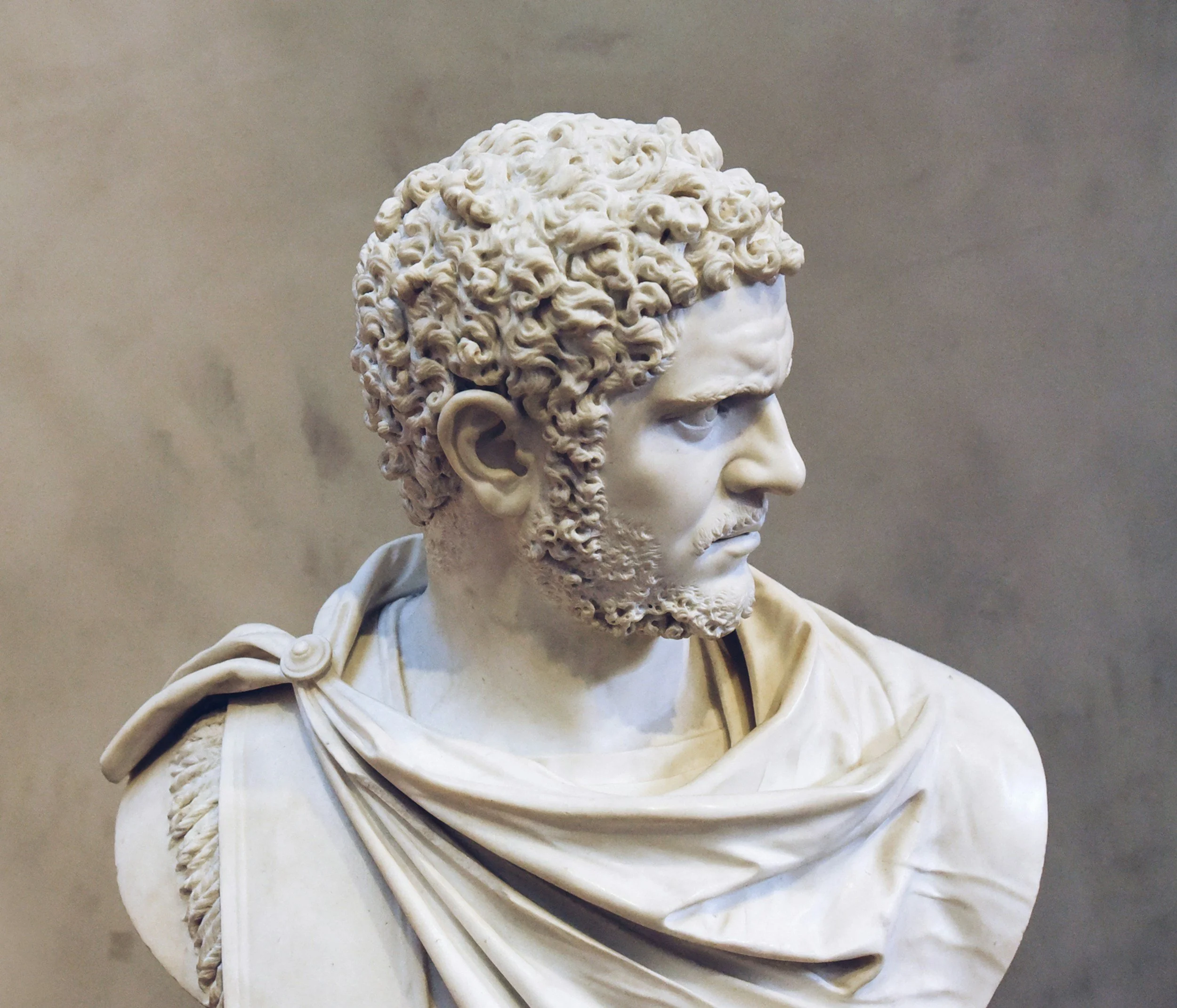
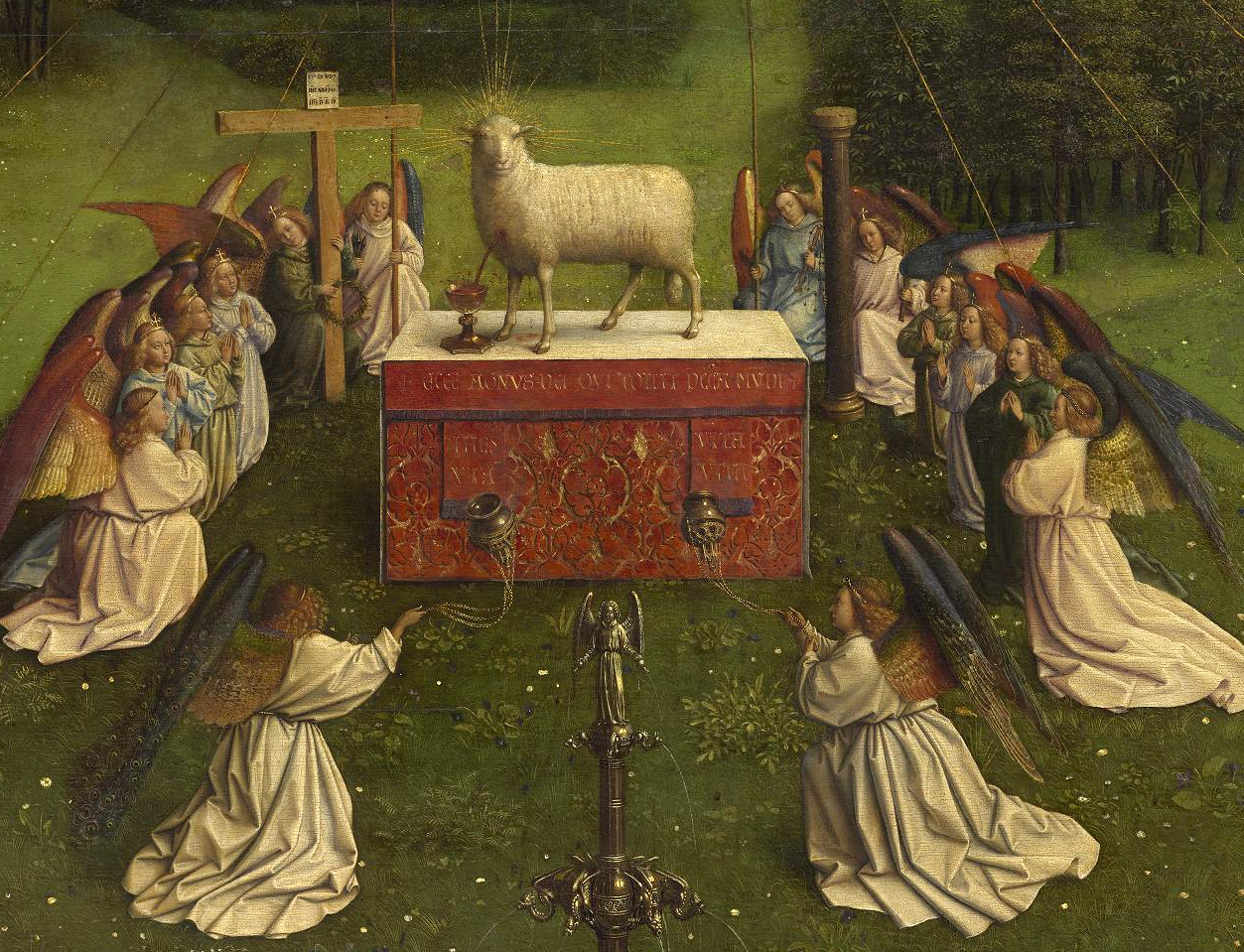
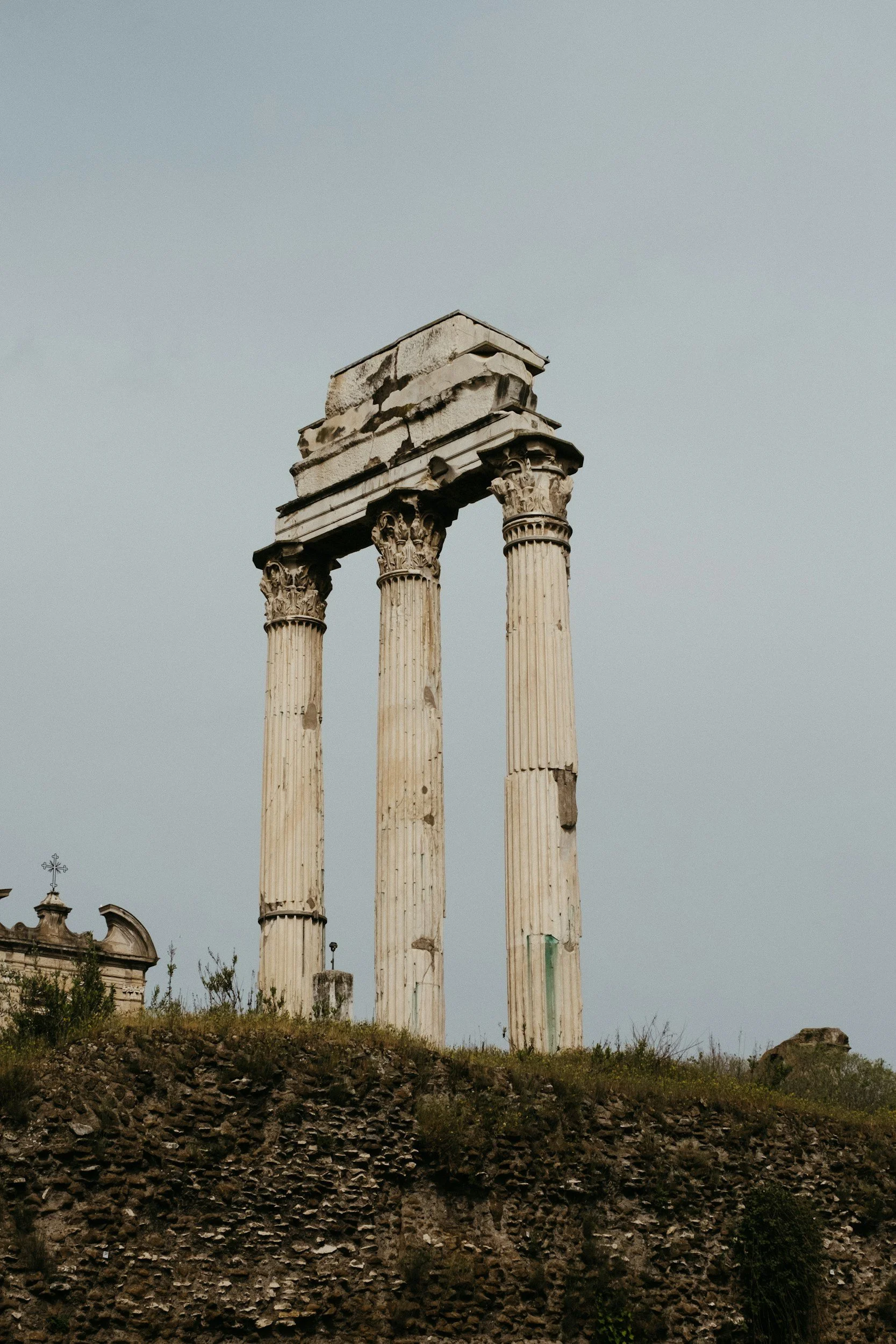
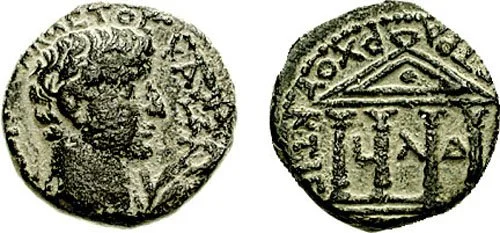





















Explore Revelation 1:9–20 with verse-by-verse commentary. John’s vision of the risen Christ on Patmos shows his glory, authority, and presence among the seven churches.